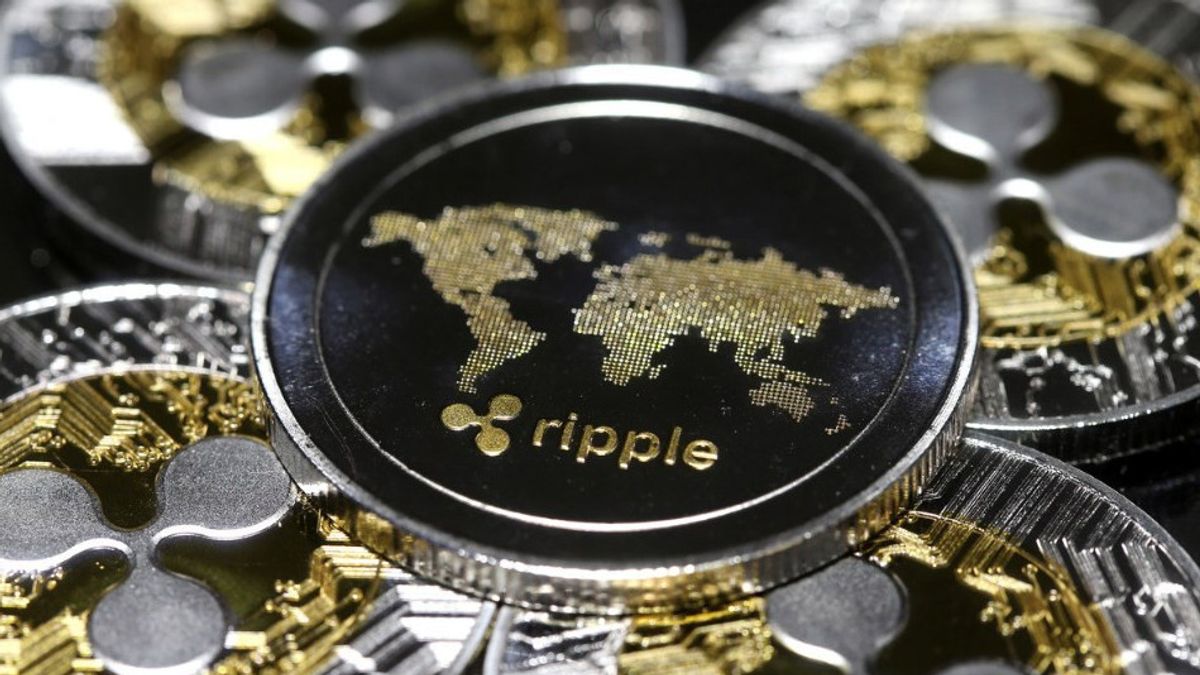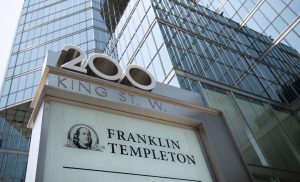- Ripple is expanding the Latin America which accounts for 7.3% of the global crypto market, with increasing efforts to attract foreign investments.
- Ripple’s advancements exemplify the need for enhanced cybersecurity, infrastructure, and collaboration between banks and tech firms.
The crypto industry is gaining huge traction in the American continent with Ripple being at the forefront of this expansion. With the expected change in the regulatory environment following the Donald Trump victory, Ripple pointed out that the need for digital assets among institutions will continue to grow more and more.
The digital asset economy is growing in the Americas.
Here are 5 trends to watch:
1⃣ North America leads in crypto adoption
2⃣ LATAM’s crypto surge
3⃣ Regulatory momentum
4⃣ Sub-custody diligence upgrades
5⃣ Tech enabling secure accesshttps://t.co/3KU2DzqSXA— Ripple (@Ripple) November 13, 2024
North America is once again emerging as a dominant market for the crypto industry driven by the rising preference for digital asset investments. A recent Chainalysis report reveals that the region recorded $1.2 trillion in crypto transactions in the year leading to June 2022, making it the largest market for cryptocurrency globally.
On the other hand, institutional investors have played a crucial role with transactions exceeding $1 million accounting for 76.9% of the total trade volume. This shift majorly highlights the increasing involvement of major market participants while showing the deeper integration of digital assets into the financial ecosystem.
Ripple Sets Its Eyes on the Latin American Market
Amid weak economic conditions and collapsing fiat currencies in Latin America, Ripple is eyeing a major opportunity for digital assets in this region, reported CNF. The four biggest markets in this region are Brazil, Argentina, Mexico, and Venezuela, wherein skyrocketing inflation and currency risks have pushed retail and institutional players toward digital assets.
Latin America accounts for 7.3% of the global cryptocurrency market, ranking as the seventh-largest region for crypto trading and usage. Countries like Colombia, Chile, and Peru are working to integrate their stock exchanges to attract more foreign investments. However, limited liquidity in traditional markets has driven many investors in the region toward digital assets.
While cryptocurrency adoption is increasing, regulatory frameworks across the Americas lag behind other regions. In the U.S., the SEC has approved Bitcoin and Ethereum ETFs, and Ripple’s XRP was classified as a non-security, yet broader regulatory clarity remains elusive. This regulatory uncertainty continues to challenge the growth and integration of digital assets in the region.
Addressing Growing Demand for Crypto Custody
With the rising adoption of digital assets, the demand for crypto custody solutions is also growing and Ripple custody is at the forefront of it, per the CNF report.
Currently, family offices are the primary drivers of the crypto market, but pension funds are expected to follow as institutional interest grows. To meet future demand, network managers must enhance cybersecurity measures and prepare for higher asset volumes. As larger firms enter the market, custodians will need to provide both hot and cold storage solutions for secure asset management.
Technology partners play a critical role in bridging the gap between traditional finance and the digital asset economy. By offering secure infrastructure solutions, they provide a foundation for institutional adoption. Ripple’s growth has exemplified this trend, pushing more banks to collaborate with tech firms to safely manage and integrate digital currencies into their services






















